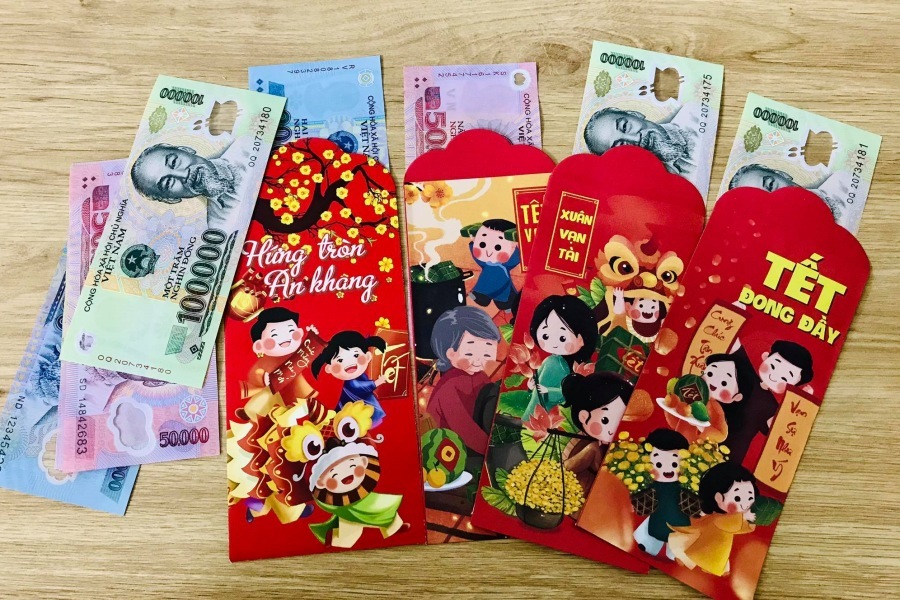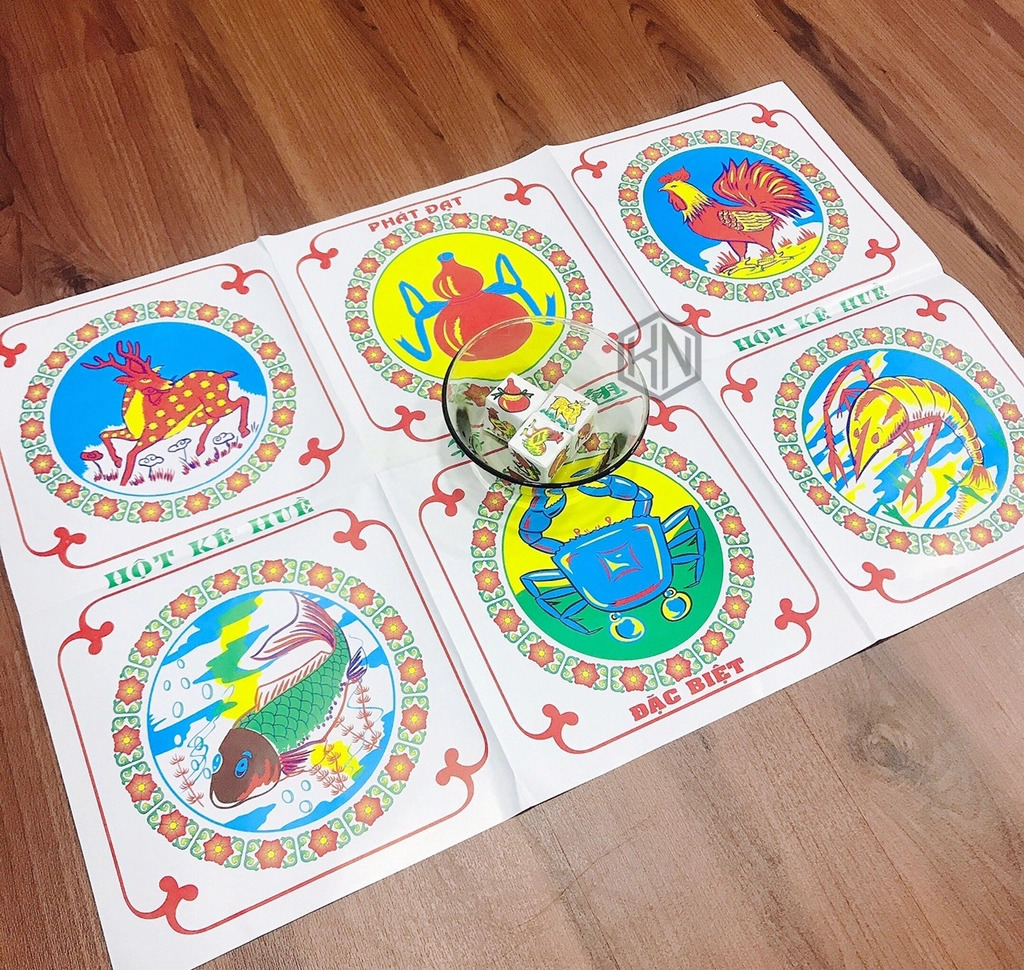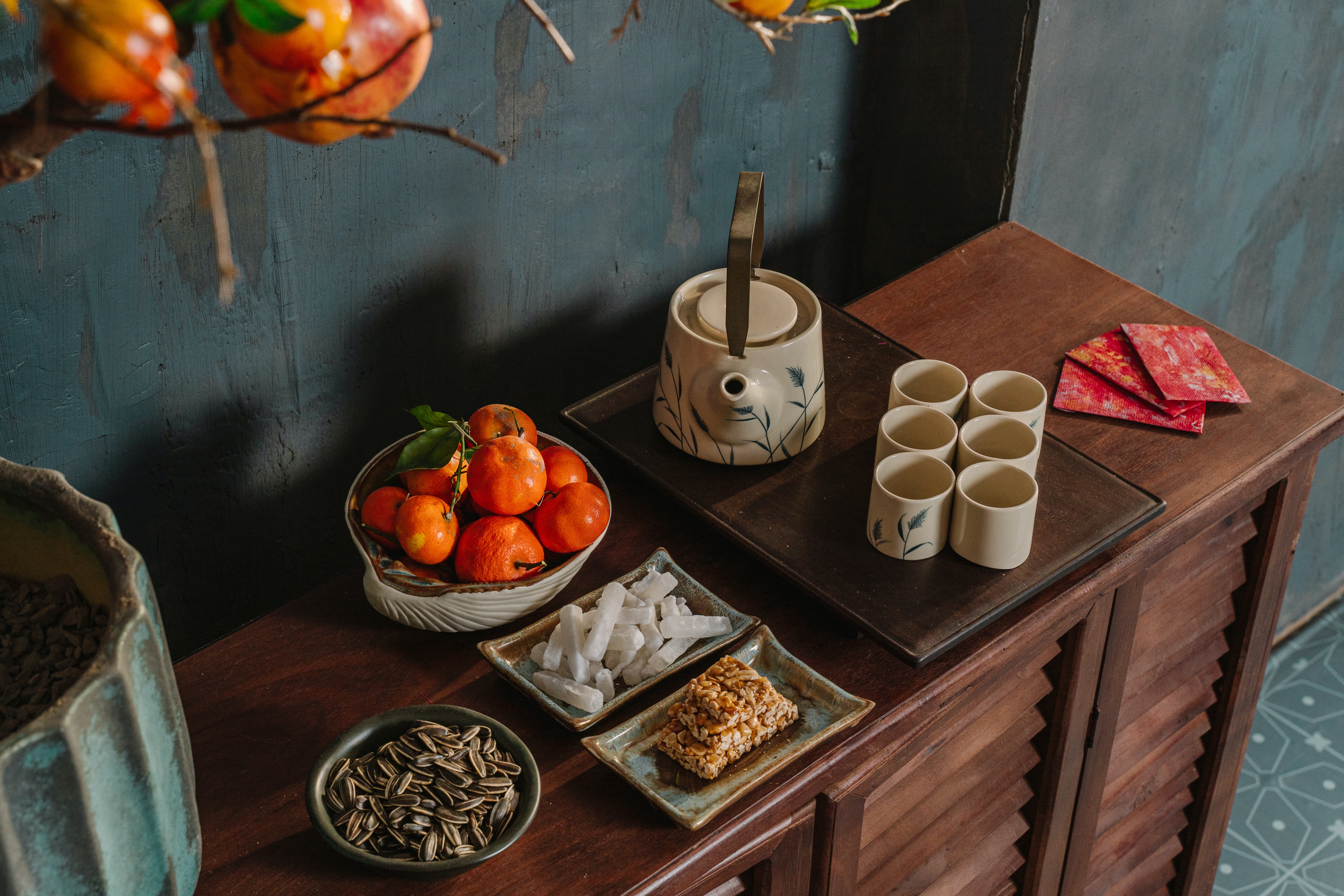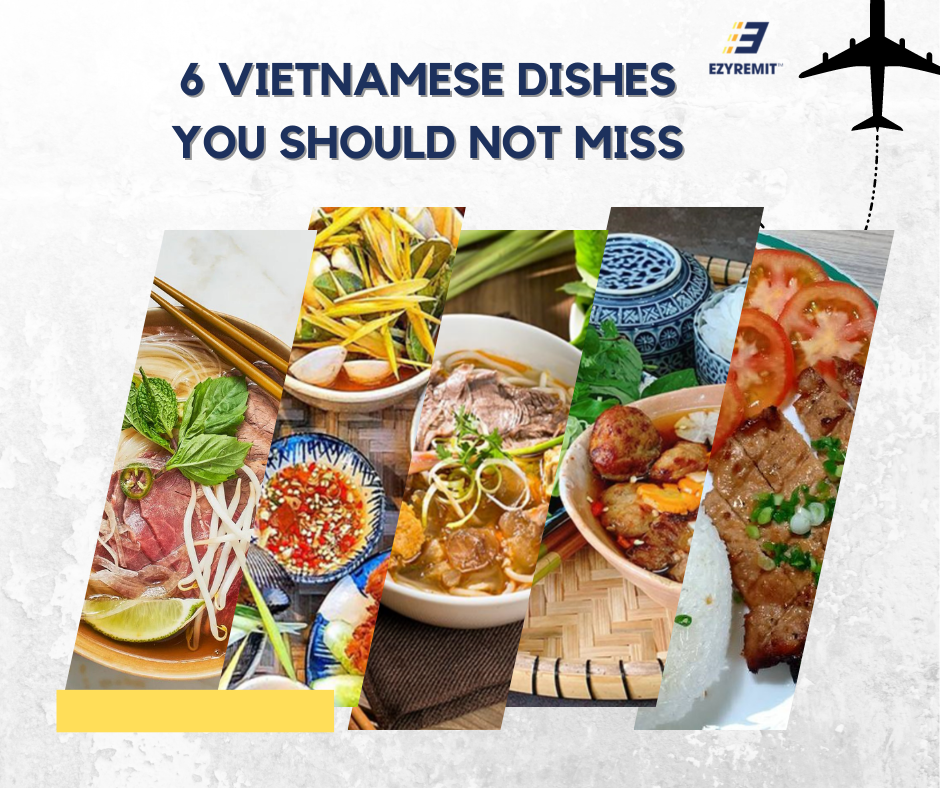The Lunar New Year, commonly known as Tet in Vietnam, is the most celebrated and significant festival in the country. It marks the arrival of spring and the beginning of a new lunar year. The customs associated with Vietnam Lunar New Year are deeply rooted in tradition, reflecting the country's rich cultural heritage. In this article, we will delve into the fascinating world of Vietnam Lunar New Year's customs, exploring the rituals, symbolism, and the spirit that makes Tet a truly unique and cherished occasion.
Understanding the Significance of Tet
Tet holds immense importance in Vietnamese culture, serving as a time for family reunions and honouring ancestors. The festival signifies the renewal of life, good fortune, and the chance to start anew. Preparation for Tet begins well in advance, with families cleaning and decorating their homes, buying new clothes, and preparing special dishes. The festive atmosphere is palpable as people exchange warm wishes, gifts, and participate in various customs that have been passed down through generations.
The Lead-Up to Tet: Cleaning and Decorating
One of the first customs associated with Tet is the thorough cleaning of homes. This ritual, known as "Ong Cong, Ong Tao," is believed to sweep away bad luck and make way for good fortune in the coming year. Families meticulously clean every corner of their homes, often engaging in a collective effort that strengthens the sense of unity.
After the cleaning, it's time for decoration. Vibrant red and yellow are the dominant colours, symbolizing prosperity and good luck. Blossoming peach and apricot branches, along with various traditional ornaments, are used to adorn homes. Altars dedicated to ancestors are also decorated with offerings of fruits, flowers, and symbolic items, creating a sacred space for family prayers.

The Kitchen: A Hub of Activity
No Tet celebration is complete without indulging in a feast of traditional Vietnamese dishes. Families spend days preparing special foods that hold symbolic meaning. Sticky rice cakes, known as Banh Chung and Banh Tet, are must-haves during Tet. These square-shaped cakes represent the Earth and are made from glutinous rice, mung beans, and pork, wrapped in banana leaves.
Other delicacies like pickled onions, gio lua (Vietnamese pork sausage), and candied fruits are also prepared. Each dish carries its own significance, often tied to wishes for prosperity, happiness, and good health in the coming year. The act of cooking and sharing these meals strengthens familial bonds and brings joy to the celebration.

Lunar New Year's Eve: A Time for Reunion
The eve of Tet is a momentous occasion, and families come together to celebrate the passing of the old year and welcome the new one. A sumptuous reunion dinner is prepared, and families gather around the table to enjoy the feast. Traditional customs, such as offering a toast to ancestors, are observed as a way of showing respect and gratitude.
As the clock strikes midnight, fireworks light up the sky, symbolizing the passage from the old year to the new. The atmosphere is filled with excitement and anticipation as people exchange wishes for a prosperous and joyful year ahead.
First Day of Tet: Paying Respects and Seeking Good Fortune
The first day of Tet is dedicated to paying respects to ancestors. Families visit gravesites to clean and decorate them, offering prayers and burning incense as a sign of reverence. This ritual, known as "Le Gio To," is a solemn yet heartfelt way of remembering and honouring those who came before.
In addition to honouring ancestors, people also seek to attract good fortune for the coming year. Visiting temples and pagodas, making donations, and participating in traditional games and performances are common activities during this time. Many believe that the actions taken on the first day of Tet set the tone for the rest of the year, emphasizing the importance of positive deeds and thoughts.
The Red Envelope Tradition: Symbol of Prosperity
One of the most cherished customs during Tet is the giving and receiving of red envelopes, known as "li xi." These envelopes, usually containing money, are a symbol of good luck and prosperity. The act of giving and receiving li xi is a gesture of goodwill, meant to bring blessings and financial success in the coming year.
Children eagerly anticipate receiving these red envelopes, and the tradition fosters a sense of joy and excitement. The amount of money inside is not as important as the gesture itself, making it a heartwarming custom that transcends material value.

Traditional Gambling: The Spirit of Holiday
A significant aspect of the Tet holiday in Vietnam is the tradition of playing traditional games, with "Bầu Cua Cá Cọp" being one of the most popular choices. This game, which translates to "Gourd Crab Fish Tiger," is a lively and entertaining gambling activity that adds an extra layer of excitement to the festive atmosphere. Families and friends gather around tables adorned with the distinctive game board, featuring images of a gourd, crab, fish, tiger, rooster, and deer.
The game involves the use of three dice, each with the symbols corresponding to those on the board. Players place bets on their predictions of which symbols will appear face up after the dice are rolled. The dealer, often a family member or a designated participant, shakes the dice in a wooden bowl, creating an air of anticipation. The cheers and laughter that ensue add to the overall merriment of Tet, making "Bầu Cua Cá Cọp" a cherished pastime during the holiday.
While the game is enjoyed for its entertainment value, it is important to note that gambling during Tet is a lighthearted and social activity. It is more about the thrill of the game and the camaraderie it fosters than the monetary aspect. "Bầu Cua Cá Cọp" reflects the playful spirit of Tet, where families and friends come together to celebrate, share joy, and create lasting memories during this auspicious time of the year.

Conclusion
In conclusion, the customs associated with Vietnam Lunar New Year are a captivating blend of tradition, symbolism, and heartfelt celebration. From the meticulous cleaning of homes to the joyous reunion dinners and the exchange of red envelopes, Tet is a time when the people of Vietnam come together to honour the past, celebrate the present, and welcome the future with hope and optimism. The rich tapestry of customs woven into Tet reflects the cultural diversity and deep-rooted values that make this festival a truly special and cherished occasion in Vietnam.
For international travellers heading to Vietnam, EzyRemit's EzyTravel emerges as an indispensable companion, ensuring a seamless and convenient journey. Recognized as one of the best travel buddies, EzyTravel offers a comprehensive suite of features tailored to the unique needs of globetrotters exploring Vietnam. From effortless currency exchange at competitive rates to instant and secure money transfers, EzyTravel simplifies financial transactions while abroad.
Whether it's exploring the vibrant markets of Hanoi or navigating the scenic landscapes of Ha Long Bay, EzyTravel stands out as a reliable partner, allowing international travelers to focus on creating unforgettable memories without the hassle of financial complexities.







